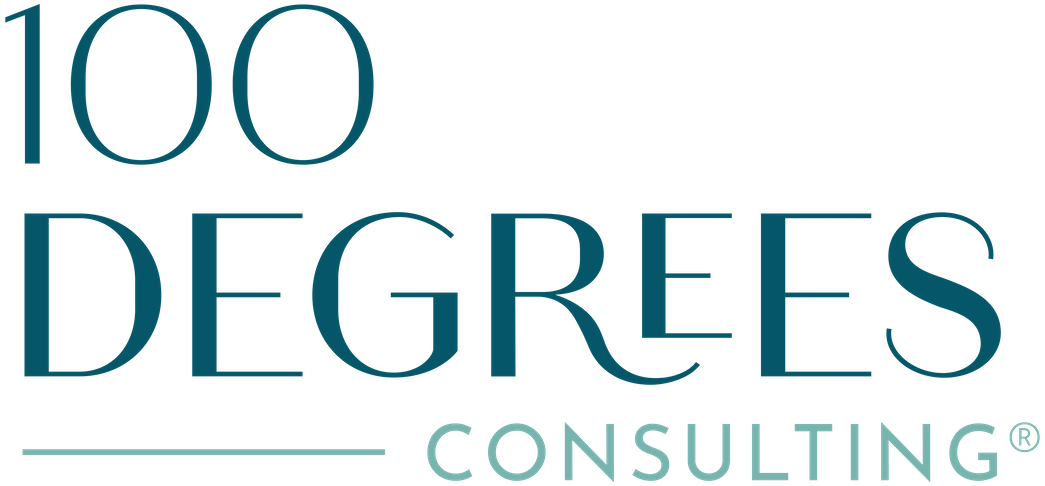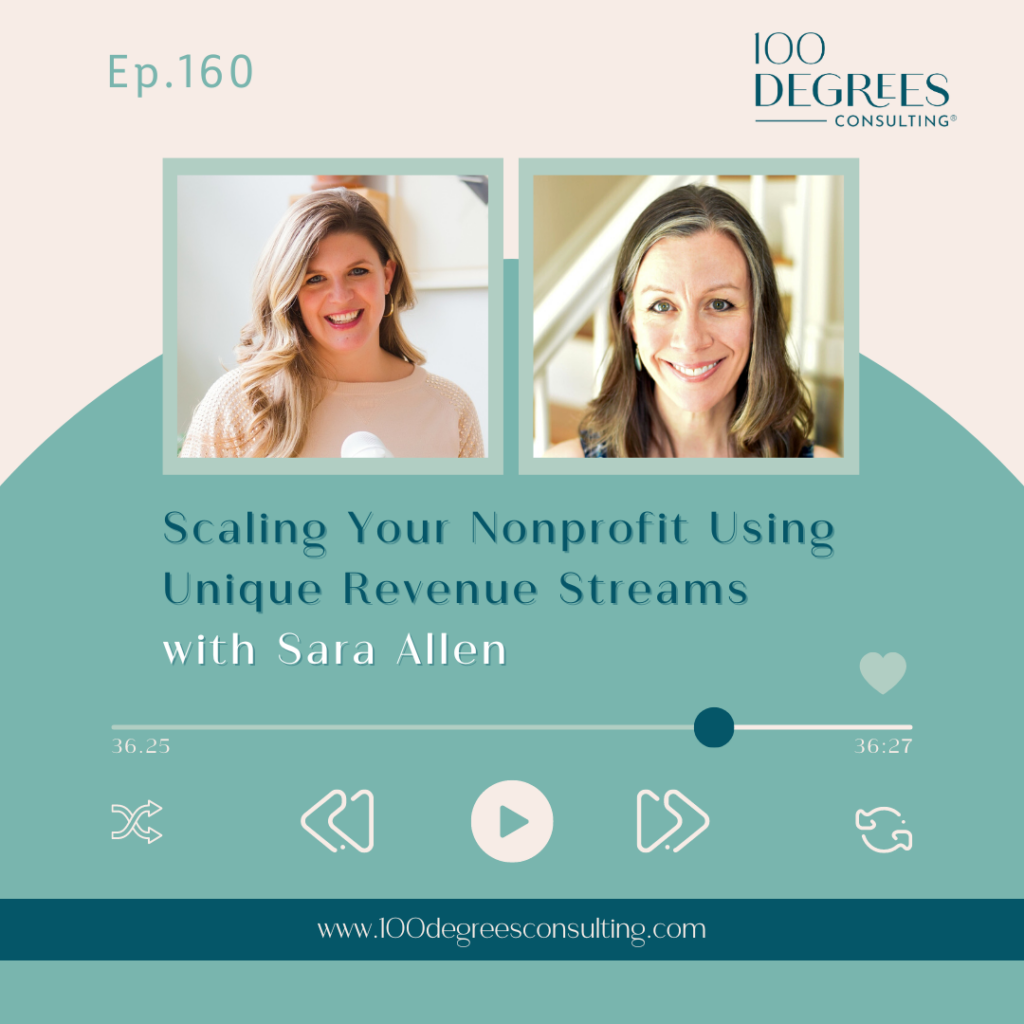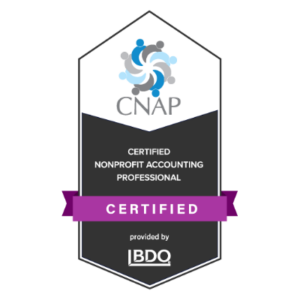For those organizations whose fiscal year is the calendar year, you’re probably knee deep in budget prep for 2016. If you’re not, you should be! Budget season is one of my favorite times of year. It’s a wonderful time to look back on YTD financials and analyze what’s going well, where we’re over/under-spending and shape a budget strategy for the next year. We get to do market studies, cost-benefit analyses and tons of other number-crunching activities that only us finance-lovers enjoy. Then we get to wrap it up in a pretty package for the CEO and Board. It is ALMOST like the holidays!

While we know that budget prep is often all about the details, it’s our job to step back and look at the big picture and answer this question:
Does your budget reflect your values?
Is it aligned with the strategic plan? Your strategic plan is your road map to achieve your mission over the next 1-5 years. Do you all have one? (I hope everyone out there is emphatically nodding yes!) This should be the document you reference whenever you need a gut check – Is this new project the right thing to do right now? Should we apply for this grant? Maybe we should create a new program? That’s not to say there isn’t room for flexibility – oftentimes opportunities come up that are a perfect fit for the organization and simply can’t wait until the next round of strategic planning – but it helps us avoid mission creep and distraction.
Your budget needs to reflect this plan. If we don’t have money this year to start a new program, then we should wait for funding, rather than jeopardize the health of our current programs. If we’re planning to grow our adult education initiative, have we budgeted the appropriate funds to do so? Think of the strategic plan and the budget as inseparable BFFs.
Does it include enough infrastructure support? I know what you’re all thinking: Is she talking about…overhead? GASP! Yes, I am! Overhead, or infrastructure as I prefer to call it, is vital to the success of your programs. The structure of the current 990 and the mentality of most of the nonprofit world (including donors) is: spend money on programs, not on overhead. But let’s think about what “overhead” includes: financial reporting, auditing, professional development, technology, fundraising, program evaluation, and tools. Irresponsible, frivolous expenses? Not by any stretch of the imagination! I’m often disappointed with organizations that boast 5% overhead rates and their staff haven’t seen a new computer or training class in a decade. I’m simultaneously disappointed at those who fund private jets and lavish employee retreats, but good news – there is a happy medium!
Ensure that you have proper financial oversight and that your staff have sufficient technology and professional development opportunities to do their job efficiently. A happy and healthy organization means an even greater impact on those you serve – and that’s a powerful story to tell your donors.
Now that we’ve got the big picture out of the way, let’s talk details. If you’re lucky enough to be in the trenches of budget preparation, here is a handy budget checklist to keep you on track:
5 months before FY end
- Begin composing your strategic plan. Engage employees at all levels across the organization for input through all-staff roundtable sessions, surveys or departmental meetings. This stage is crucial preparation and engagement time for the organization – the amount of effort you put in now will directly reflect employee engagement and buy-in next year.
- Draft your budget template and make it insightful – be sure to include last year’s budget, this year’s projections and a column for the new year’s budget.
- Ensure budget line items correspond with your chart of accounts – make any adjustments now.
4 months before FY end
- Finalize the strategic plan draft and distribute to department heads.
- Distribute budget templates to department heads with clear instructions on filling out.
3 months before FY end
- Schedule meetings with the department heads to review their budgets.
- Dig deep and look at the big picture – What’s our cost per program? Cost per client served? Is this level of growth sustainable? Do we have a fundraising plan to support the expense budget?
2 months before FY end
- Finalize the budget.
- Get Board approval. The timeline can vary based on your board meeting schedule but please, please, please get board approval on your strategic plan and budget. The level of detail you provide can vary based on what your board wants to see but at a bare minimum, I suggest high-level detail by department (programs, development, finance, etc).
1 month before FY end
- Begin preparing to close the books.
- Set up your monthly budget and get it into the accounting system.
- Distribute the budget to all department heads and communicate it to all employees.
January 1
-
- Happy New Year! Let’s execute!



















